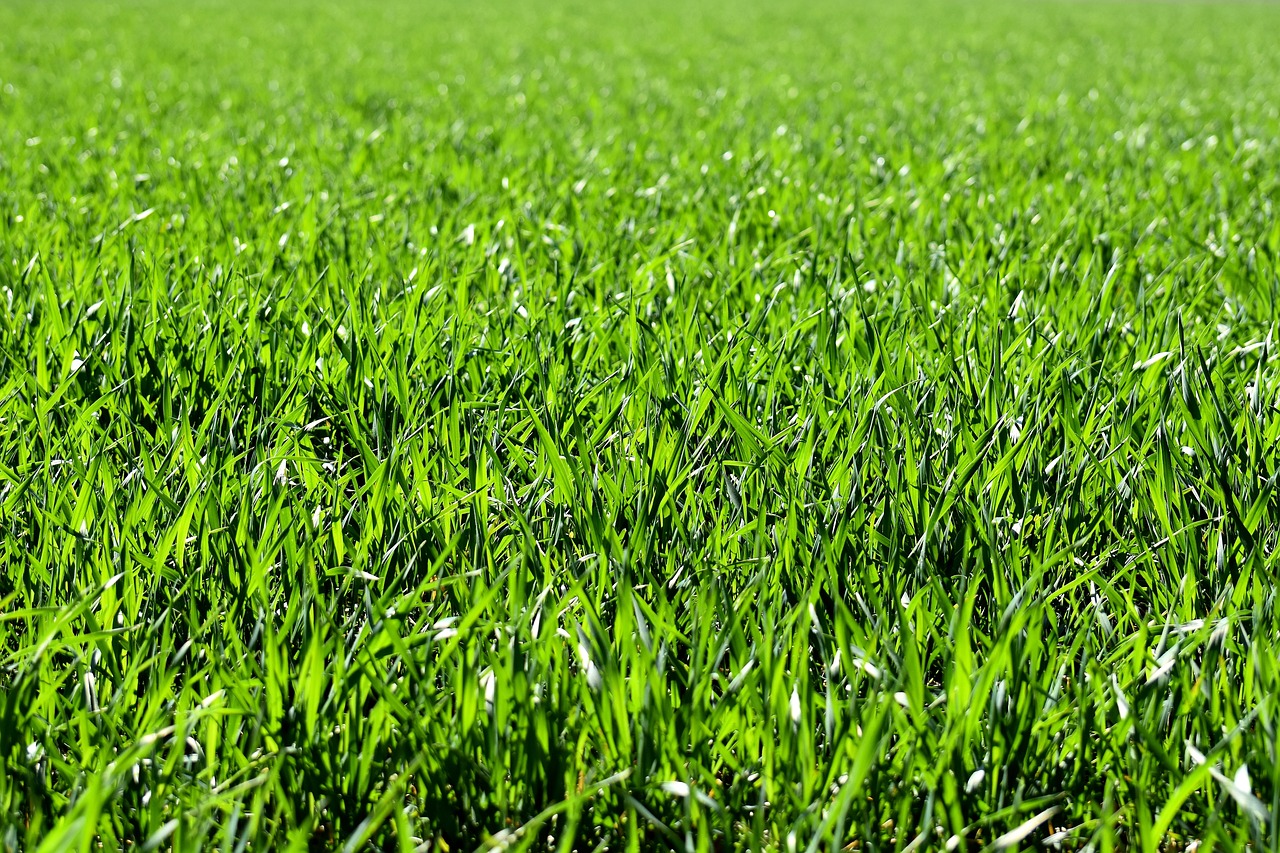Taking care of a fescue grass yard in West Texas can be a bit challenging due to the hot and dry climate of the region. Fescue grasses are cool-season grasses, which means they prefer cooler temperatures and more moisture than what West Texas typically offers. However, with proper care, you can still have a healthy fescue lawn. Here are step-by-step instructions for how to treat a fescue lawn:
1. Choose the Right Fescue Variety
Opt for a heat-tolerant fescue variety like “Tall Fescue” or “Fine Fescue.” These varieties are better suited for West Texas’ climate.
2. Seeding or Sodding
Fall is the best time to establish a fescue lawn in West Texas. The cooler temperatures and potential for rain make it an ideal time for seed germination.
Prepare the soil by removing debris and weeds. Amend the soil with compost to improve its quality.
Either sow fescue grass seed or lay fescue sod according to the manufacturer’s instructions.
Keep the soil consistently moist until the grass is established, which may take a few weeks.
3. Watering
Fescue grass needs more water than other grass types in West Texas. Water deeply and infrequently to encourage deep root growth.
Water your lawn in the early morning or late evening to minimize evaporation.
Aim for about 1 to 1.5 inches of water per week, including rainfall.
4. Mowing
Maintain a mowing height of 2.5 to 3.5 inches to provide shade for the soil and conserve moisture.
Only remove one-third of the grass height at a time during mowing.
Keep your mower blade sharp to avoid tearing the grass.
5. Fertilization
Fertilize your fescue lawn in the fall and spring with a balanced fertilizer or one formulated specifically for cool-season grasses.
Avoid excessive nitrogen in the summer, as it can stress the grass during hot weather.
6. Weed Control
Keep your lawn healthy to naturally resist weeds. Healthy grass will outcompete weeds.
Hand-pull weeds as they appear or use a targeted weed control product suitable for fescue lawns.
7. Aeration
Aerate your fescue lawn in the fall to improve air circulation, water penetration, and root development.
8. Pest and Disease Control
Monitor your lawn for signs of pests or diseases and take appropriate action if needed. Consult with a local garden center or extension office for guidance on specific issues.
9. Summer Care
Fescue grass may go dormant during the hot West Texas summers. Reduce mowing frequency and avoid heavy traffic on the lawn during this time.
10. Overseeding
To maintain a lush fescue lawn, overseed in the fall to fill in thin or bare areas.
Remember that West Texas’ climate can be challenging for fescue grass, so it’s important to adapt your care routine based on the specific conditions in your area. Regular maintenance and vigilance will help you enjoy a beautiful fescue lawn despite the region’s harsh climate. Utilize these tips for developing a lush fescue lawn!

Be The First To Comment